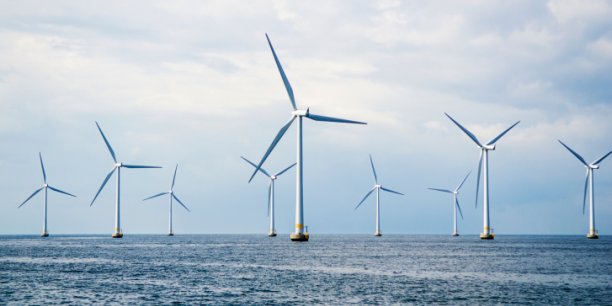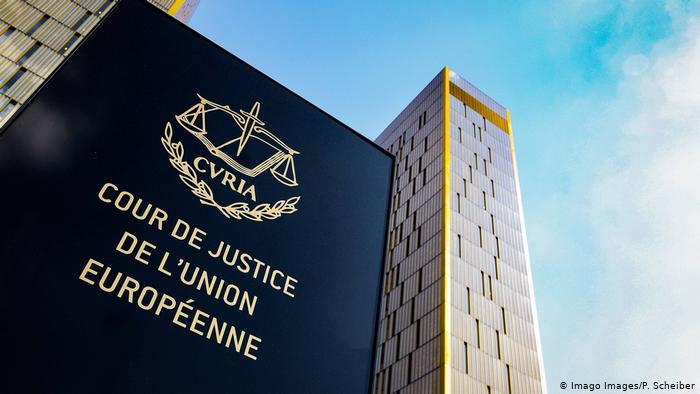 The World Bank has highlighted Morocco’s wind energy potential that it described as “great”.
The World Bank has highlighted Morocco’s wind energy potential that it described as “great”.
This came in a World Bank analysis of emerging markets for offshore wind, undertaken by the WB Energy Sector Management Assistance Program in partnership with the International Finance Corporation.
The analysis, which focused on Morocco and a number of other countries, found that the Kingdom’s western coast along the Atlantic Ocean has excellent wind speeds in shallow and deeper waters suitable for offshore wind.
Commenting on the analysis, senior energy specialist Mark Leybourne said Morocco has a “fantastic” offshore wind resource “that is too attractive to ignore.” “Wind energy represents great potential for Morocco,” he said.
Mr Leybourne said offshore wind in Morocco could be exploited to support the decarbonization of industry in the country. He said the ‘temporal profile’ of the resource could also be beneficial for the energy mix.
In the longer term, Mr Leybourne said the inclusion of hydrogen generation from offshore wind could help avoid transmission issues and also allow Morocco to become an energy exporter. “This could bring substantial economic benefits, particularly if the European hydrogen market grows as predicted,” he said.
The WB report actually said that, if Morocco was to develop offshore wind, it could potentially sell energy into Europe’s market, specifically Spain and Portugal, as they have yet to deploy offshore wind themselves.
The report noted that there are two areas well suited for fixed foundations in the southern and central regions of Morocco, with technical potentials of 11 GW for the southernmost area, and 10 GW for the central area.
Further from shore, there is a band of waters up to 1,000 m deep with wind speeds reaching over 9 m/s which would be suitable for floating offshore wind with a total technical potential of 135 GW.
On the northern coast there is another band of waters with 43 GW of floating wind potential.
The World Bank report said grid access points exist near the potential development areas though substantial reinforcement will be needed to transmit power to the main demand centers of Rabat and Casablanca.
Solar and onshore wind generation in Morocco have recently expanded but still have some way to go, so offshore wind must join the queue for renewable energy deployment, the report said.
The report noted that as of 2014, Morocco imported approximately 90% of its energy needs. “Morocco’s national strategic objective is to improve security of supply by reducing dependence on energy imports, including increasing use of renewable sources for electricity production,” the report said.
Morocco is marching steadily towards fulfilling its renewable energy goal of generating 52% of its electricity from renewable sources.
The Kingdom’s renewable energy is currently produced by four solar plants and 11 wind power plants. The solar plant of Noor Ouarzazate where a 580 MW solar plant already operates, is the world’s largest concentrated solar power CSP plant.
In the wind power sector, the Tarfaya plant in the south has the highest capacity, with 301 MW.



